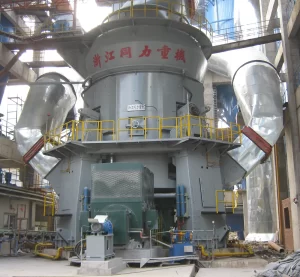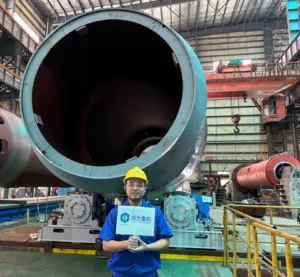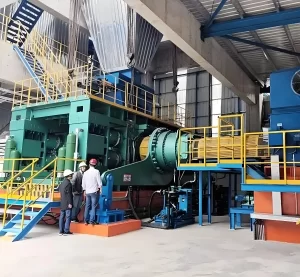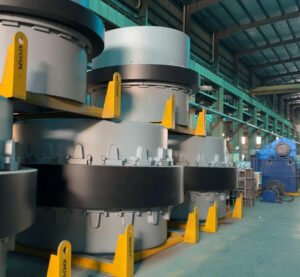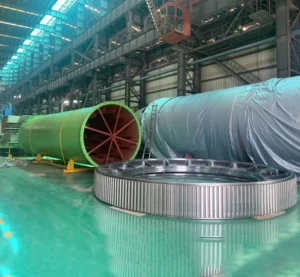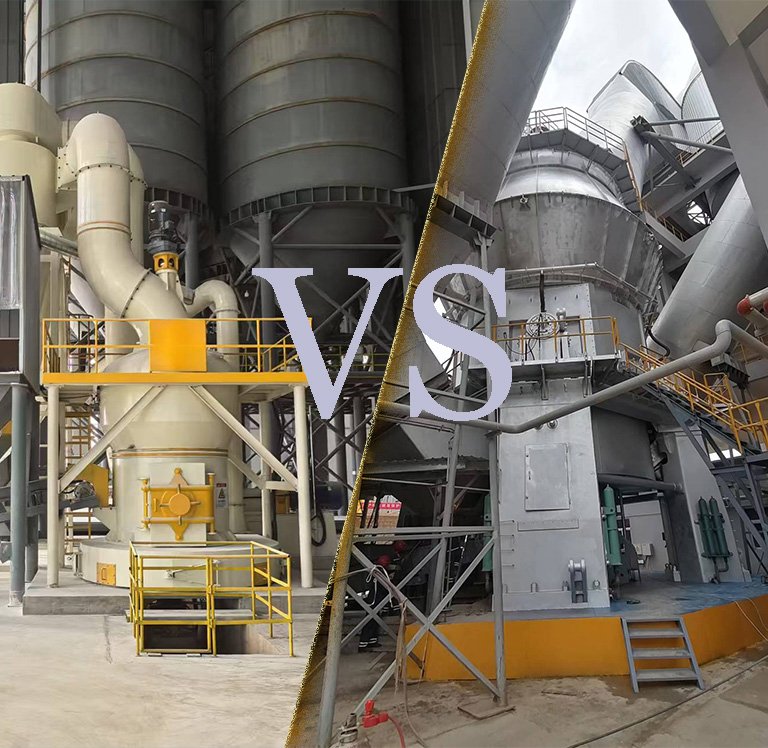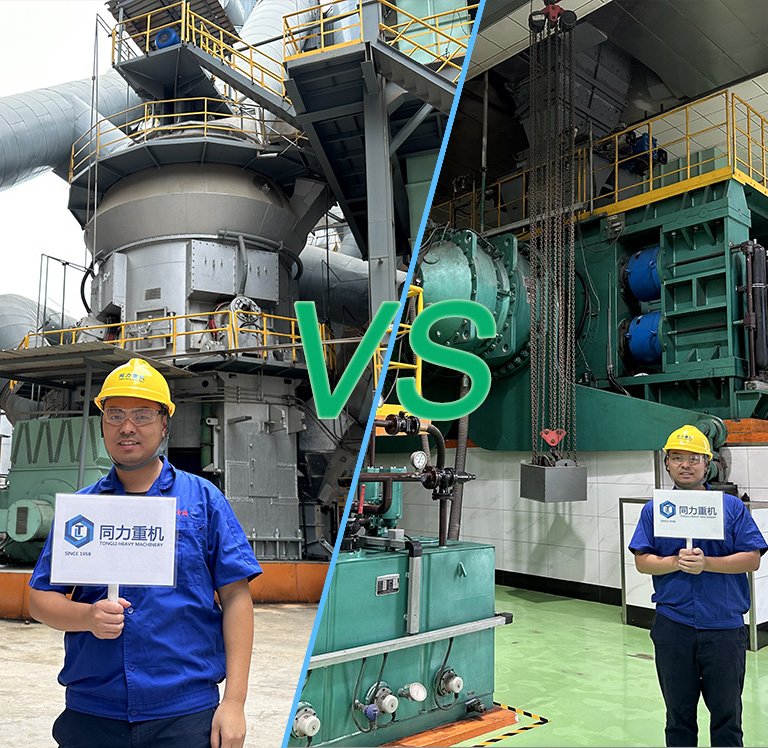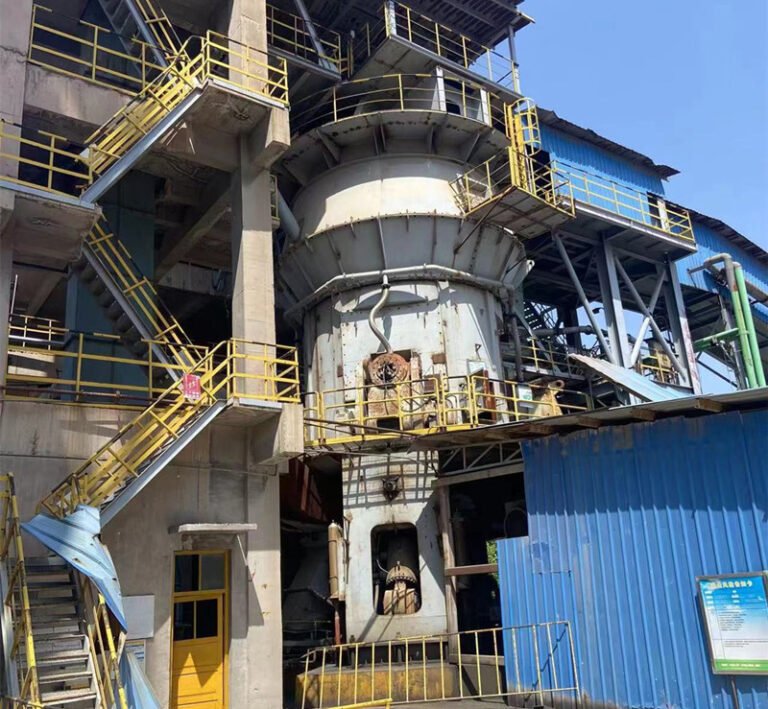
Cement is one of the most important materials in construction. It holds structures together and ensures the strength and durability of buildings. Among the many types of cement, white cement stands out for its beauty and versatility. Whether you are working on interior decoration, decorative renovation or art projects, white cement is an excellent choice. In any construction project, in addition to ensuring the strength and durability of the building, you also need to consider improving its aesthetics. White cement not only provides a clean and smooth surface, but also plays a greater role. White cement has a wide range of uses and can be used as decorative coatings, white cement cleaners, textured plasters, etc. It can also be used to make mosaic tiles and decorations. With its high whiteness, excellent decorative properties and excellent physical properties, white cement has become an indispensable material in modern architectural decoration and restoration projects. This article systematically explains the core characteristics and applicable scenarios of white cement, and analyzes in detail the key technical points of its preparation, construction and maintenance process, aiming to provide practitioners with a practical operation guide to improve the quality and aesthetic effects of the project.
White Cement Characteristics and Core Application Areas
White Cement Characteristics
- Color: The most notable characteristic is its pure white color, which is achieved by limiting the presence of iron and manganese oxides.
- Fineness: White cement is ground finer than gray cement, so the surface is smoother and has a higher reflectivity.
- Setting time: Its setting time is similar to that of gray cement, which is suitable for a variety of construction applications.
- Strength: The compressive strength of white cement is comparable to that of gray cement, ensuring structural integrity.
- Strong decorative properties: Provides a bright base for colored mortar, decorative concrete, terrazzo, etc., with excellent color development.
- Excellent physical properties: Fast strength development (compressive strength in 3 days is about 70% of that in 28 days), good wear resistance and weather resistance.
Core application areas of white cement
Wall Finishing and Plastering

White cement is widely used in wall finishing for its smooth, shiny appearance. It brightens up interiors and makes spaces look more elegant. Whether it is for exterior or interior walls, white cement provides a superior finish that regular grey cement can’t match.
Repairing Tiles and Marble
White cement is commonly used in tile adhesives to fix tiles, marble, and mosaics. Due to its white color, it blends seamlessly with light-colored tiles for a flawless look. It also ensures a strong bond, preventing tiles from loosening over time.
Decorative Flooring
Many modern buildings feature white cement floors for a stylish, neat look. White cement floors are often mixed with marble chips or colored pigments to create terrazzo floors that are both durable and beautiful.
Creating Sculptures and Decorative Elements

White cement is a favorite among artists and designers for creating sculptures, garden ornaments, and moldings. It has a fine, smooth texture that allows for fine details in artistic creations.
Precast Concrete Products
White cement is used in precast concrete elements such as decorative blocks, panels, and railings. These components are often found in luxury homes, hotels, and commercial buildings that value aesthetics.
Grouting and joint filling
In tile and stone projects, white cement is used as a caulking material to fill the gaps between tiles and stones. It not only makes the tiles and stones look neat and clean, but also prevents water from seeping in through the gaps.
Waterproofing and repairs

White cement is often mixed with a waterproofing agent to seal cracks and prevent water leaks. It is often used in bathrooms, patios, and swimming pools to ensure waterproofing.
Types of White Cement

White cement is divided into five types (Type I to Type V), each of which meets specific needs based on its characteristics. Here is a detailed description of these types and their practical applications:
Type I: General Purpose White Cement
Type I white cement is known for its uniform color and versatility and is the most commonly used variety of white cement. It is ideal for decorative projects such as wall coverings, floor tiles and countertops. It is also used in artistic creations such as sculptures and prefabricated building panels. Type I white cement is popular in residential and commercial interior design projects due to its bright and beautiful style.
Example: Creating a polished marble-like floor finish in a luxury villa.
Type II: Moderate Sulfate Resistant White Cement
Type II is designed for moderate sulfate exposure areas and has better corrosion resistance than Type I, but is not suitable for high sulfate concentration environments. It is suitable for environments with occasional sulfate exposure such as garden paths or retaining walls. It is also ideal for structures exposed to slightly acidic soil or water.
Example: Building decorative outdoor patios in coastal areas where the sulfate content in the soil is moderate.
Type III: High Early Strength White Cement
Type III has the characteristics of rapid setting and high early strength, making it suitable for rapid construction. It is suitable for precast components that require rapid demoulding, and is also ideal for rapid repairs of bridges, highways or pavements where aesthetics are important. It is also commonly used in precast products such as wall panels and modular units. For example: rapid construction of urban art fences.
Type IV: Low Hydration Heat White Cement
Type IV concrete generates very little heat during the setting process, reducing the risk of thermal cracking. It is ideal for large buildings such as dams, foundations or retaining walls where low heat generation is critical. It is also suitable for large decorative sculptures and monuments to minimize cracking during the curing process.
For example: building decorative dams or architectural features in public parks.
Type V: High Sulfate Resistant White Cement

Type V has excellent resistance to high concentrations of sulfates, making it an ideal choice for harsh environments. It is suitable for structures exposed to high-salinity water bodies or sulfate-rich soils, such as coastal buildings, seawalls and underground structures. It is also suitable for industrial projects such as sewage treatment plants where chemical resistance is critical.For example: Decorative coastal retaining walls require both durability and visual appeal.
Type V has excellent resistance to high concentrations of sulfates, making it an ideal choice for harsh environments. It is suitable for structures exposed to high-salinity water bodies or sulfate-rich soils, such as coastal buildings, seawalls and underground structures. It is also suitable for industrial projects such as sewage treatment plants where chemical resistance is critical.
For example: Decorative coastal retaining walls require both durability and visual appeal.
How to Use White Cement for Best Results

Proper use of white cement is essential to ensure a long-lasting, smooth appearance and structural integrity of your wall. Here are some best practices for using white cement effectively:
Surface preparation
Make sure the surface is clean, dry, and free of dust, oil, or loose particles. For walls, slightly moisten the surface before application to prevent premature drying and cracking.
Mixing ratio
- To achieve a standard putty-like effect: Mix 1 part white cement with 1.5 parts water by volume.
- For patching or grouting: Use a thicker paste (less water) for better adhesion.
- Add pigment (if desired) only after a smooth, lump-free base mix has been formed.
Tools Required
Depending on the finish, a steel spatula, putty knife or sponge trowel may be used. When mixing large quantities, always use a clean bucket and mechanical stirrer to ensure an even mix.
Application Tips
- Apply a thin, even layer (1-2 mm thick).
- For decorative work or surface leveling, apply two coats, leaving at least 12 hours between them.
- Avoid over-troweling, which can cause cracking or loss of whiteness.
Curing Conditions
- Keep the applied area moist for 2-3 days to ensure proper setting.
- Avoid direct sunlight and rapid drying.
- Avoid rain for 24-48 hours after application.
- Correct technique can improve whiteness, prevent cracking and extend the life of decorative finishes.
Precise proportion
Weigh strictly according to the designed proportion. Reference range:
- Plastering/finishing mortar: cement: sand = 1: (2.5-4) (volume ratio), water-cement ratio 0.4-0.5.
- Jointing agent: cement: fine sand = 1:1, water-cement ratio 0.3-0.35 (needs to be extremely fine and low shrinkage).
- Important principle: Under the premise of meeting workability and strength, minimize the amount of water to reduce porosity, improve density, strength and durability. Excessive water use is a common cause of powdering and insufficient strength of white finishes.
Uniform mixing
- Use clean mixing utensils. First dry mix evenly (cement + sand + pigment), then add the required amount of water in batches, and stir until the color is uniform, there is no agglomeration, and the consistency is appropriate.
- Mixing amount: The single mixing amount should be used up within 45 minutes to avoid hardening waste.
Typical application ratio reference of white cement mortar
| Application Scenario | White Cement : Sand (Volume Ratio) | Recommended Water-Cement Ratio Range | Key Property Requirements |
| Interior wall/ceiling plaster | 1 : 3 – 1 : 4 | 0.45 – 0.50 | Good workability, easy to level |
| Exterior decorative mortar | 1 : 2.5 – 1 : 3.5 | 0.40 – 0.45 | Strong adhesion, weather-resistant, low shrinkage |
| Tile/stone grouting | 1 : 1 – 1 : 1.5 | 0.30 – 0.35 | Very fine, high strength, low water absorption |
| Terrazzo topping layer | 1 : 1.5 – 1 : 2.5 | 0.35 – 0.40 | High strength, wear-resistant, uniform color |
| Artistic modeling/sculpture | 1 : 0 – 1 : 2 | 0.25 – 0.35 | High plasticity, high density |
White cement construction process
- Plastering/finishing: Layered construction, each layer thickness should be ≤10mm. The timing of compaction and finishing is crucial. The final compaction should be completed after the initial setting and before the final setting (a light press with fingers will leave a mark but no mark), to ensure that the surface is dense and smooth.
- Jointing: The filler should be fully pressed into the gap, and the brick surface residue should be cleaned in time. Use special tools (such as grouting knife, sponge) to compact and finish.
- Terrazzo: The surface layer is laid flat and rolled to make it dense. According to the process requirements (usually 3-7 days of maintenance), start multiple grinding, grouting and polishing.
- Integrity: Try to work continuously to reduce construction joints. When unavoidable, the joints should be left at the partition or hidden position.
Maintenance of white cement
Starting time: Immediately after final setting (about 6-12 hours after construction).
Method:
- Covering and moisturizing: Use clean wet sacks, straw mats, non-woven fabrics or plastic films for covering.
- Regular watering: Keep the covering moist, or spray directly on the surface for maintenance (avoid high-pressure water flow).
Duration: At least 7 days, it is recommended to extend to 14 days for important projects or dry and hot environments.
Goal: Prevent water from evaporating too quickly, ensure sufficient hydration of cement, and effectively prevent cracking, sanding, insufficient strength and color difference.
Common Problems and Solutions for Using White Cement

Color difference
- Cause: Differences in cement/sand/pigment in different batches; uneven mixing; inconsistent water absorption of the base layer; improper maintenance.
- Countermeasures: Use the same batch of materials; fully dry mix; uniformly moisturize the base layer; standardize maintenance; continuous operation of large-surface construction.
Cracking
- Cause: Water-cement ratio is too large; single layer is too thick; insufficient maintenance and rapid water loss; deformation of the base layer or no seams.
- Countermeasures: Strictly control the water-cement ratio; layered construction; strengthen moisturizing maintenance; qualified base layer treatment; set grid joints on large surfaces.
Sanding/Powdering
- Cause: Water-cement ratio is too large; insufficient cement; surface is not compacted; premature dehydration or freezing.
- Countermeasures: Reduce the water-cement ratio; ensure the amount of adhesive; grasp the timing of calendering; strengthen early moisturizing maintenance; avoid low-temperature construction.
Alkali (white frost)
- Cause: Soluble salts in the material migrate to the surface with water and crystallize (different color from the cement itself).
- Countermeasures: Use low-alkali cement; strictly control the mud content and water quality of aggregates; reduce the amount of mixing water; strengthen maintenance to reduce porosity; apply waterproofing agent on the surface after construction (after it is completely dry).
Precautions When Using White Cement
White cement is the best cement for home construction, but it is important to take some precautions to ensure safety and get the best results.
Wear protective gear
Always wear gloves, masks, and goggles when handling white cement. Cement dust can irritate the skin and eyes, and prolonged contact may cause respiratory problems.
Avoid direct contact with skin
If white cement comes into contact with your skin, rinse immediately with water. Prolonged contact may cause irritation or chemical burns.
Mix in a well-ventilated area
When mixing white cement, make sure you do it in an open or well-ventilated space to avoid breathing in dust particles.
Store properly
Store white cement in a dry place away from moisture. Exposure to moisture will cause the cement inside the bag to harden and become unusable.
Use the right proportions
Don't add too much water to the white cement mixture. A thick, creamy texture is best for smooth application and long-lasting results.
A step-by-step guide to filling gaps with white cement

Step 1: Preparation
Clean the area: Start by vacuuming away any dust from the panels or tile gaps. Using a chisel or blade can help remove any accumulated dirt, dust, and even remnants of old grout, but be careful to avoid scratching. This helps the cement adhere better to the surface.
Protect the surrounding area: Apply masking tape near the gaps you want to fill. This prevents accidental splashes of liquid onto tiles or other surfaces.
Step 2: Mix the cement
Mix the paste: Mix the white cement and water until you have a smooth, even mixture. The mixed cement should have a consistency similar to ground peanuts, not too thin or with any signs of setting.
Step 3: Apply the cement
Fill the gaps: Use a putty knife or spatula to apply the cement into the gaps. Press firmly to ensure that the cement fills the entire gap and adheres securely to the edges of the tile.
Eliminate air bubbles: Tap the filled gaps with the flat side of the knife. This helps remove any trapped air, ensures a secure fill, and avoids future cracks.
Step 4: Smoothing and Cleaning
Make it level: Once all cracks have been filled, smooth the surface of the cement with a putty knife. Make sure it is flush with the tile.
Remove Excess Cement: Immediately wipe off any excess cement from the tile surface with a damp sponge or cloth. This prevents the cement from hardening on the tile and making it difficult to clean later.
Step 5: Curing
Drying: Allow the cement to dry for at least 24 hours. During this time, do not touch the area so that the cement can fully set. Use a fan to speed up the drying process if necessary.
Step 6: Final Touches
Inspect the Work: Once the cement has dried, inspect the filled cracks to see if there are any imperfections. Sand any bumps and bumps if a smooth surface is desired.
Protect the Surface: To make it last longer and better resist water, consider applying a sealant to the filled cracks.
FAQ: Frequently asked question about white cement application
White cement, like grey cement, is not inherently waterproof. However, it does have some water resistance due to its low water absorption. While it can be used in a variety of outdoor and wet environments, it is not suitable for areas that are highly exposed to water, such as swimming pools or underwater structures, without additional waterproofing. For projects that require enhanced waterproofing, it is recommended to use a waterproofing agent alone or mix white cement with other specialized waterproofing materials. Therefore, while white cement can withstand moderate water exposure, it cannot completely replace specialized waterproofing solutions.
Yes, white cement can be used in concrete mixes. Concrete is formed when white cement is mixed with other materials, such as aggregates (such as sand and gravel), and water. White cement is often used in situations where a white or light-colored appearance is required for the concrete.
White cement can make outdoor spaces feel airy and comfortable. It is weather-resistant and resistant to ultraviolet (UV) damage, making it an ideal choice for outdoor projects in a variety of climates. Even when exposed to heavy rain, cold temperatures, and direct sunlight, it will not lose structural stability or fade. In addition, the adaptability of white cement allows it to be used in a variety of landscape design schemes. It can be used to create sculptural features, decorative borders, or surfaces with patterns or textures.
White cement is an important material for the restoration and preservation of historic buildings due to its properties and its compatibility with traditional construction methods. During the restoration process, it is essential to maintain the historical integrity and aesthetic charm of the original building. Its clean and bright appearance is very similar to traditional materials such as lime mortar, making it an excellent choice for maintaining and renovating historic buildings. White cement has excellent strength and durability, and can withstand the test of time and climate. In addition, it can effectively reduce damage caused by weathering, water seepage, and other factors that may affect the durability of historic buildings.
White cement is easy to shape into a variety of shapes and styles. Due to its easy processing, it can be finely detailed, making it ideal for sculpture or creating works of art. It can be used as a canvas for a variety of artistic mediums and techniques, including painting, staining, and even embedding items such as stone or glass fragments to enhance the texture.
Due to the toughness and weather resistance of white cement, artworks and crafts can be preserved for a long time without losing their visual appeal.
Conclusion
In summary, white cement is an important material for achieving high-quality decorative effects. Its successful application depends on a deep understanding of the material properties and systematic control of precise proportions, strict base treatment, standardized construction operations, and the most critical scientific maintenance. By strictly controlling the water-cement ratio, ensuring material uniformity, and strengthening early moisturizing maintenance, common problems such as color difference, cracking, and sanding can be effectively avoided, and the advantages of white cement, such as whiteness, high strength, and durability, can be fully utilized to give buildings lasting aesthetic value and practical performance. Against the backdrop of growing demand for green buildings and personalized decoration, mastering the scientific application technology of white cement has important engineering practical significance. If you are also interested in how white cement is made please check out our previous articles about vertical roller mill/ ball mill.

